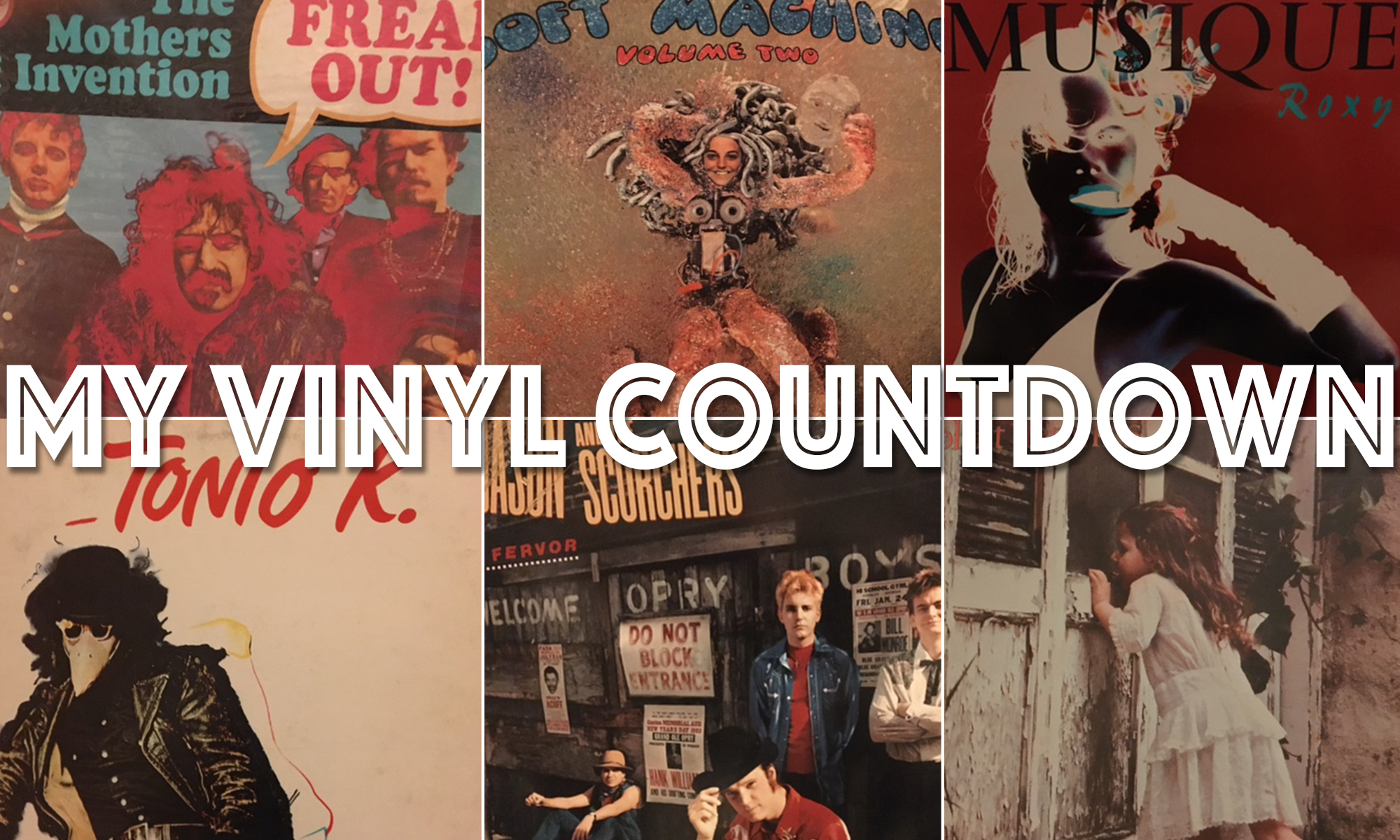
ALBUM: 4-Way Street (1970
MVC Rating: 4.5/$$$$$
One of the best and emphatic protest anthems against school violence (and war), was Neil Young’s ‘Ohio,’ played on this 1970 record with his on and off again band-mates. It , unfortunately, still resonates with current events.
That song is about the shooting death of four students at Kent State May 4, 1970, during the height of the Vietnam war protests and one of the better songs on this live two-record set.
TIn soldiers and Nixon’s coming; we are finally on our own; this summer I hear the drumming; four dead in Ohio.
This album is kind of controversial in that it is hated by some as a bloated artifact, loved by others for the classic songs and music.
I agree. On both accounts.
The extended jams are impressive but too long on record. Keep the song with jams, Ohio and Southern Man to name just two, just edit a bit. Save 20 minutes.
Keep all Neil Young songs. But get rid of such non-gems as 49 Bye Byes, and The Lee Shore, there’s another two or so worth pruning. Savings another 20 minutes. There you go, down to one album. And a great album. Less is more.
Young is clearly the stand-out and, as you’ll see later when we get near the end of my countdown, I have lots and lots of Young. One of my favorites. I finally got to see him live at his annual Bridge School concert in California with my daughter Emily. Paul McCartney was headliner. Videos below show CNSY doing an enduring classic, ‘Teach Your Children.’ and ‘Southern Man,’ an angry rebuke of southerners for some of the horrors of racism and slavery. Lynyrd Skynyrd fired back years later with a sharp rebuke of thier own, seemingly admonishing him for painting with a broad brush.
I hope Neil Young will remember, Southern Man don’t need him around, anway.
Counting down my 678 vinyl records before I die of brain cancer.










 excellent. And they are all different, even though marked with his distinctive vocals and artful lyrics. (Last thing, whomever I lent This Year’s Model to, just leave it on my porch, no questions asked. Come to think of it I’m missing a number of albums over the years, such as Bob Marley’s Natty Dread, and Deep Purple Made in Japan which had Highway Star and a scorching performance by Ritchie Blackmore. As usual, I digress).
excellent. And they are all different, even though marked with his distinctive vocals and artful lyrics. (Last thing, whomever I lent This Year’s Model to, just leave it on my porch, no questions asked. Come to think of it I’m missing a number of albums over the years, such as Bob Marley’s Natty Dread, and Deep Purple Made in Japan which had Highway Star and a scorching performance by Ritchie Blackmore. As usual, I digress).




